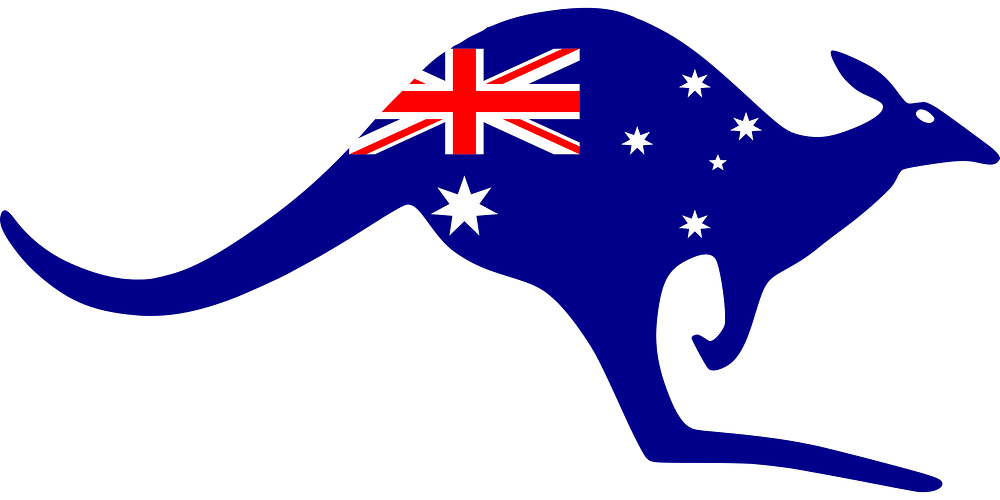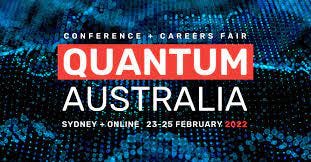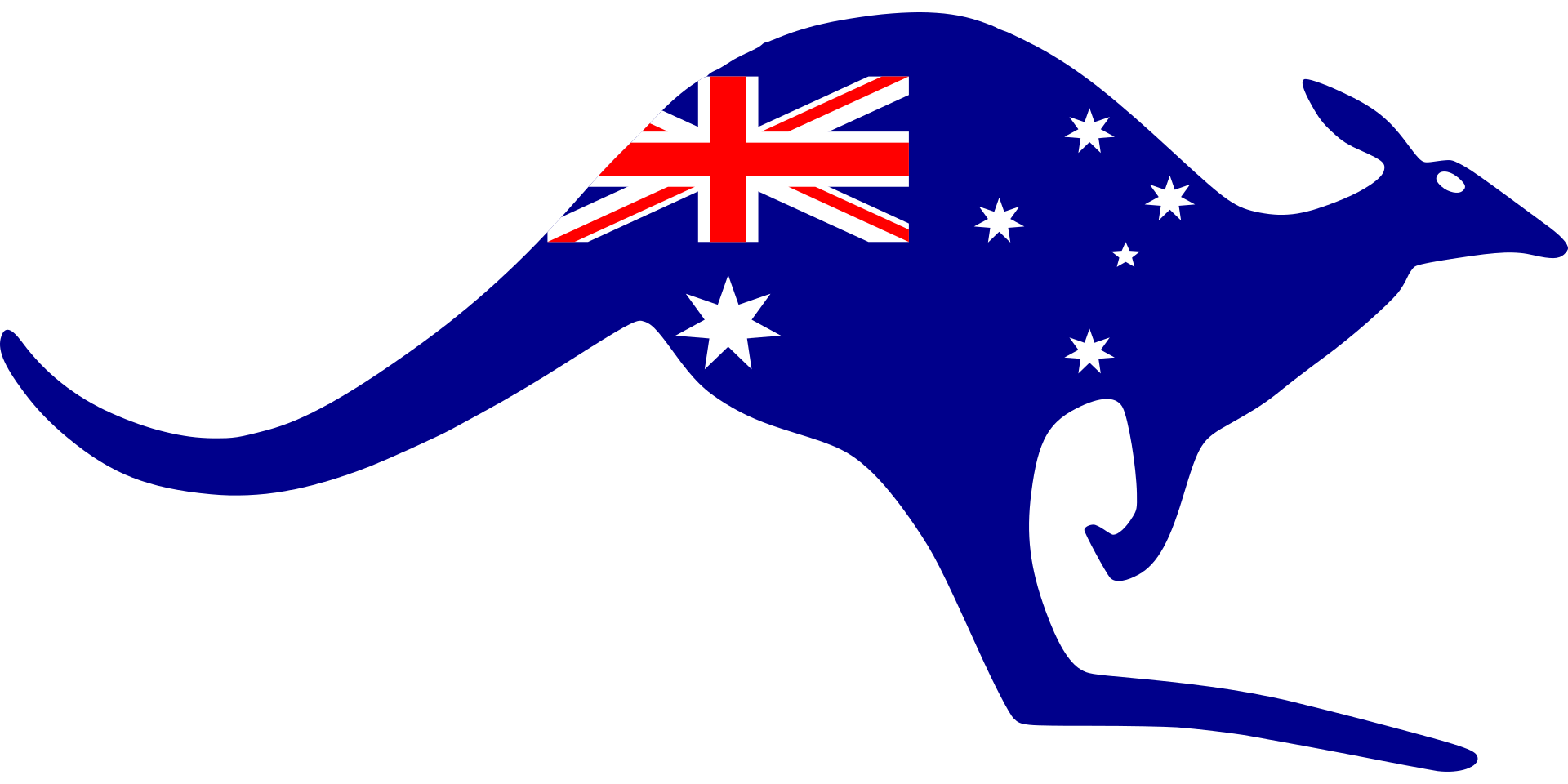
Australia’s chief scientist doesn’t want quantum to go the way of solar power in Australia, with relatively little return from a locally developed, globally transformative technology now present in $50 billion worth of panels worldwide.
That is why Dr. Cathy Foley is spending much of 2022 speaking with stakeholders about how to best capitalize on Australia’s quantum head start for a national strategy to be handed to the government by the year’s end.
On Wednesday Dr. Foley flagged a responsible approach to development that recognizes the need to invest in areas of strength stemming from Australia’s world-leading quantum research and cutting-edge home-grown companies like Silicon Quantum Computing and Q-CTRL.
“This is in Australia’s national interest,” Dr. Foley told the inaugural Quantum Australia event in Sydney. “It can support our economic prosperity, our social cohesion, and our national security.”

Dr. Foley was handed the reigns to Australia’s quantum future last year when the Prime Minister tasked Dr. Foley with developing Australia’s inaugural national quantum strategy after years of policy drift and falling sovereign investment.
There are few if any better qualified to develop the plan than the chief scientist, whose breakthrough work on high-temperature superconducting devices at CSIRO in the 1990s helped establish Australia’s quantum foundations.
Dr. Foley also led the development of a Quantum Technology Roadmap at the science agency in 2020, which projected an additional $4 billion and 16,000 jobs for quantum by 2040 with the right settings.
“Quantum is going to create a thriving industry in Australia that supports and drives innovation, not just in the quantum area, but across the whole economy,” Dr. Foley told the industry at the Sydney event, where she pledged to conduct wide and recurring consultations on the strategy.
The national strategy is being developed after quantum was designated as a critical technology by the federal government, bringing more scrutiny and potentially limiting foreign investment and some international research partnerships.
Australia’s chief scientist said a holistic approach is needed and international collaboration will feature throughout the strategy’s focus areas: research; investment, commercialization and supply chains; and skills, societal impacts and diversity.
The strategy recognizes local quantum researchers are already well regarded globally, enjoying a “significant head start” after decades of foundational work, Dr. Foley said. But there is the capacity to grow and standards must not slip in a global race.

“As we do this, research must focus on being high quality and focused on relevant areas. And everything we do must be guided by high standards of research integrity. I cannot emphasize that enough,” Dr. Foley said.
The strategy will provide direction on research strengths and encourage international collaborations, which will be targeted for investment, she said.
“What we choose to prioritize now will have enormous consequences on the future of our quantum industry. Investment and commercialization activities must be targeted, and we cannot spread ourselves too thin.
“We need to establish and leverage international partnerships which will allow us to share skills and infrastructure while supporting supply chains and market access to quantum businesses.
The strategy will identify actions for all stakeholders to make Australia a more attractive destination for investment, Dr. Foley said, acknowledging governments will need to de-risk some of the long-term bets.
Accessibility and diversity will be a cornerstone of the strategy, Dr. Foley said.
“The benefits of quantum technology should be shared. We have enormous potential to do good by applying quantum technologies in many areas of our lives. And everyone should benefit.”
Ultimately the inaugural quantum strategy will be about putting Australia’s best foot forward, she concluded.
“Having worked in this area for a long time myself. My vision is an industry that is significant, organized and globally competitive.
“For Australia to capitalize on our long-established expertise in this area we need to present a unified and coordinated international presence, a cohesive Australian quantum industry.”
So far, the Industry department has established a team to lead consultations on the strategy, with an issues paper now in development and research underway to investigate current and future gaps in the local industry. Dr. Foley will visit the US in April to discuss deepening collaborations under a new international quantum agreement.
The strategy is expected to be completed by the end of the year but its release date will be a matter for the government.
For more market insights, check out our latest quantum computing news here.


















